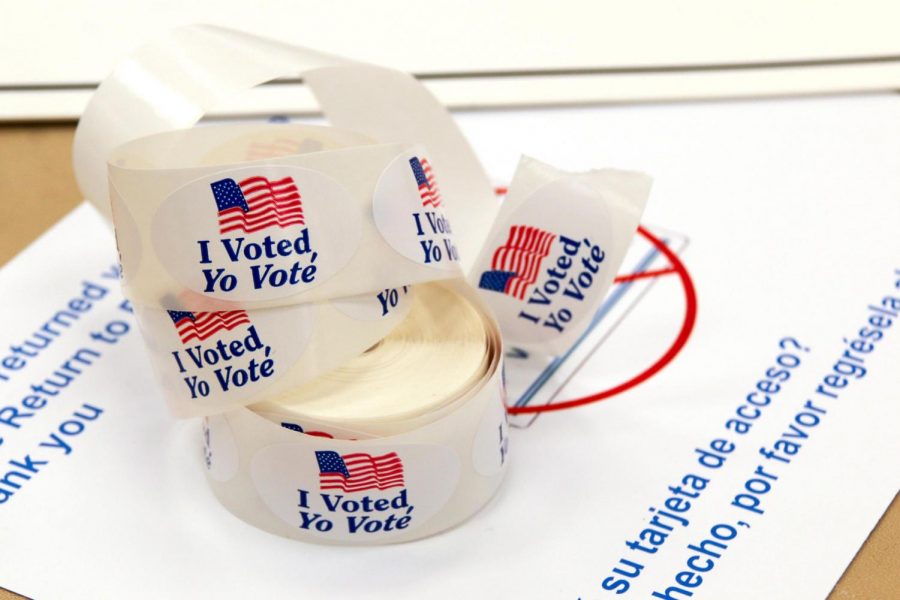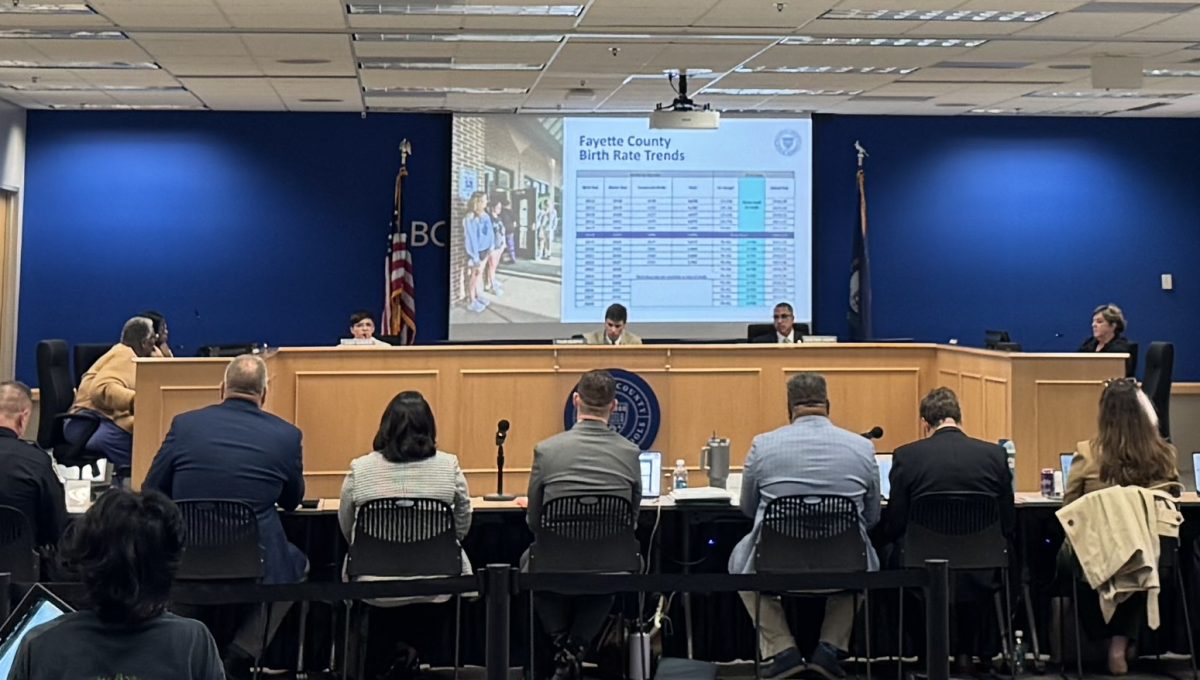Are Athletes Really Improving?
Has innovation helped competitors push past their mind’s confinements, permitting them access to their undiscovered force?
The universe of expert and Olympic level games has created competitors that appear to be greater, more grounded, and quicker than those of 100 years back. In any case, it has been contended that the competitors’ bodies haven’t changed a lot over this time span and the upgraded exhibitions are generally the aftereffect of innovative advances.
These overwhelming competitors have the development of specific and customized sports science behind them, which wasn’t accessible in those days.
Another purpose behind competitors showing signs of improvement has come out of the determination of exceptionally particular bodies being fit into explicit specialties.
There is a type of fake determination that sorts competitors to fit the action they need to contend independently on their bodies fitting into their game. The explanation behind this particular choice is so competitors play more diligently, speed up, or keep going longer, dependent on their body type or, at times, hereditary qualities.
How does the entirety of this work?
The Olympic motto is “Faster, Higher, Stronger.” In light of Olympic records, this would appear to have been accomplished.
David Epstein, the creator of Sports Gene, gave the TED Talk, Are athletes truly getting faster, better, stronger?
“Jesse Owens won the 1936 Olympics in 10.2 seconds, yet would have come last in the 2013 race where Usain Bolt set his record of 9.77 seconds,” Epstein said.
However, he accepts that people have not developed over that 77-year time range, yet innovation has shown signs of improvement at supporting them.
The track that Jesse Owens ran on was a delicate surface made of wood debris, while Usain Bolt ran on a built floor covering. The beginning of the race changed fundamentally, Jesse Owens needed to burrow himself little gaps while Usain Bolt had beginning squares. These would have both put Jesse Owens at a noteworthy burden. Breaking down these distinctions, it is assessed that Owens would have been inside a walk of Bolt rather than 14 ft behind him.
The 100meter free-form records have likewise been diminishing after some time, yet thinking back in history, the abrupt drops can be demonstrated to be straightforwardly connected to the presentation of flip turns, the canals encompassing the pool that assimilate swells and the expansion of full-body bathing suits.
The longest separation cycled in an hour was set in 1972 as 30 miles, 3774 feet. That record was broken in 1996 with a progressively streamlined and better-designed bicycle. Notwithstanding, they made a standard that everybody needed to utilize a bicycle like the one out of 1972 and the best separation record since the decision is 30 miles, 4675 feet demonstrating the increase, right now, explicitly because of innovation.
Innovation will continually be changing to drive the human structure further and stronger. Consolidate innovation with body type adjustment, care, imaginativeness and a more clear thought of what limits people are fit for pushing past without damage, competitors will keep on getting quicker and more grounded.



























